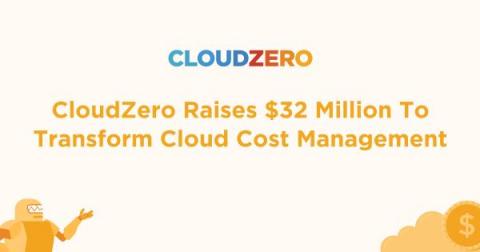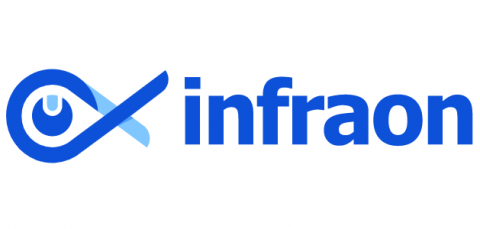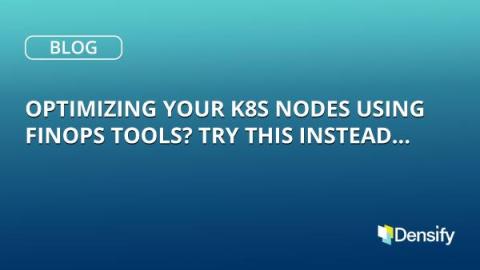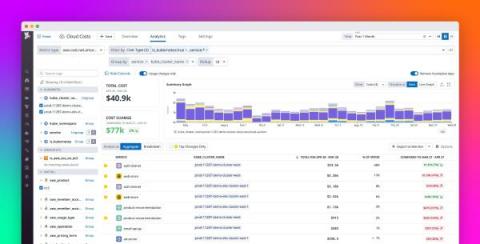Operations | Monitoring | ITSM | DevOps | Cloud
Latest News
A Guide To Ensuring Profitability For Your SaaS Company
Slash Cloud Costs via Pepperdata in the AWS Marketplace
IT Cost Optimization: Importance and Best practices
How To Allocate Cloud Costs After A Company Merger/Acquisition
Optimizing Your K8s Nodes Using FinOps Tools? Try This Instead...
June 7, 2023 It’s no secret that Kubernetes is one of the fastest-growing technologies in use today for deploying and operating applications of all types in the cloud. It’s also no secret that Kubernetes’ popularity is a significant contributor to fast-growing cloud bills. FinOps teams are constantly looking for ways to lower their cloud spend, in cooperation with the DevOps, Engineering and App owner teams that control this infrastructure.
Understand your Kubernetes and ECS spend with Datadog Cloud Cost Management
Rising container usage has fueled a growing reliance on container orchestration systems such as Kubernetes, EKS, and ECS. As organizations increasingly opt to run these systems in the cloud, their cloud spend tends not only to grow but also to become more opaque due to the dynamic complexity of these environments. Typically, various services, teams, and products share cluster resources, and as nodes are added and removed, those resources continuously shift.
React quickly to cost overruns with Cost Monitors for Datadog Cloud Cost Management
The dynamic nature of cloud costs can make it difficult to fully understand your cloud spend and embrace cost ownership at all levels of your organization. To establish cost governance, FinOps teams need a complete view of cloud costs, including allocation by team, service, and product. And DevOps teams need to detect, investigate, and quickly mitigate unexpected costs to minimize overruns, even as they continue to build features and operate their services.
Mastering AWS Fargate pricing and optimization with CloudSpend: A comprehensive guide
AWS Fargate is a powerful tool for running containerized workloads on AWS. It’s a serverless compute engine that allows you to run containers and focus on developing and deploying your applications while AWS controls the cloud infrastructure. This can make a real difference for an organization, saving both time and resources that would otherwise go towards managing servers. This guide will discuss AWS Fargate pricing and provide tips for cost optimization.











